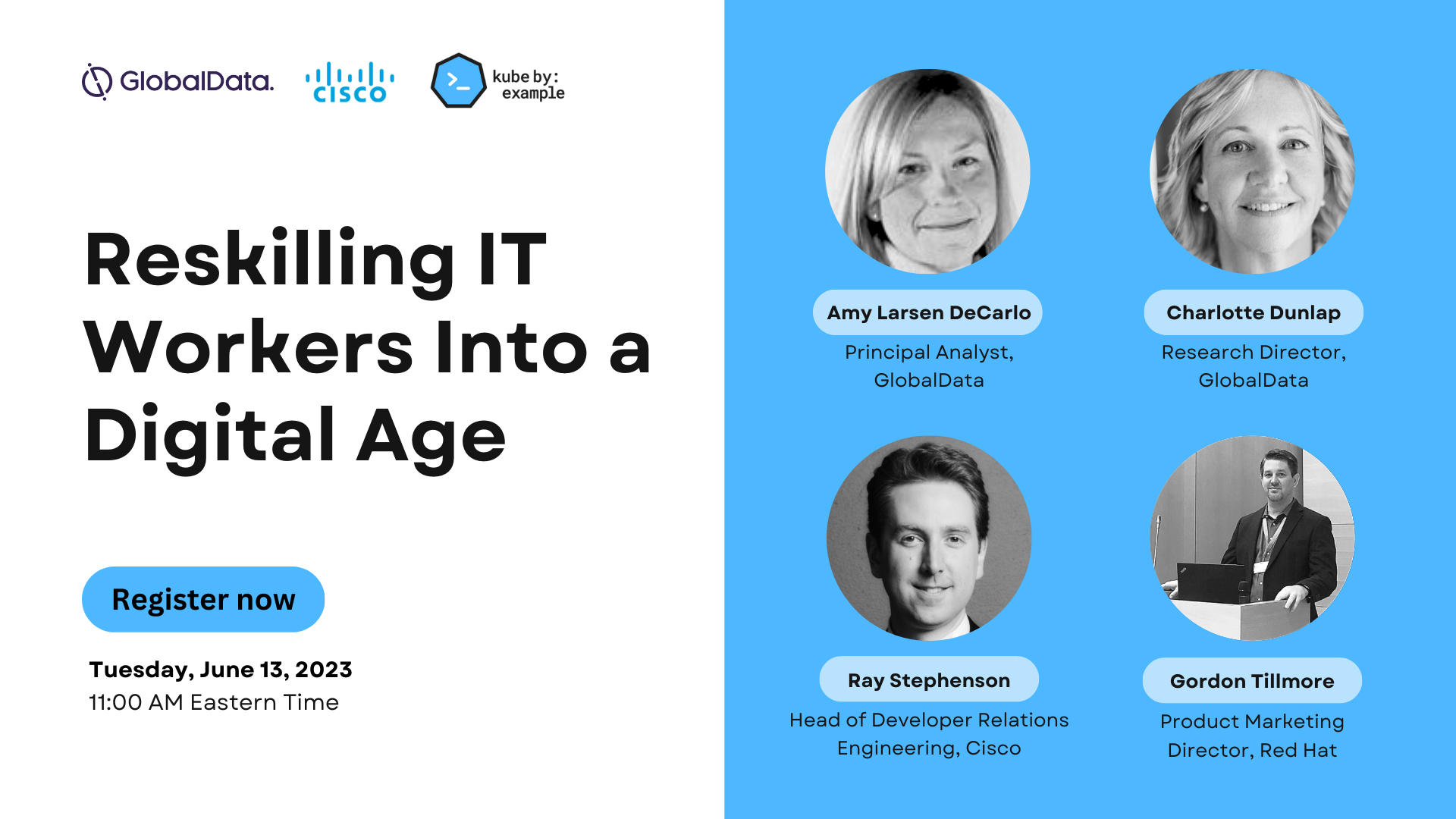Kubernetes Community in Amsterdam: An Interview with Alessandro Vozza
KBE Insider recently had the opportunity to interview Alessandro Vozza, Developer Relations at solo.io, Founder at Kubernetes Community Days Amsterdam, and CNCF Ambassador. We discussed Alessandro’s work in fostering the Kubernetes and cloud-native communities in Amsterdam and how these communities and conferences contribute to the explosion of Kubernetes in the area.
Alessandro’s Background and Move to Amsterdam
Alessandro grew up in Southern Italy and moved to Amsterdam 20 years ago to pursue his PhD in Chemistry. Although his background was in science, Alessandro has been involved in open source for a long time, installing Linux in 1999 and attending Linux user groups. After finishing his PhD, Alessandro reinvented himself as an IT professional. For the past 10 years, Alessandro has been organizing tech communities and meetups in Amsterdam, starting with DevOpsDays Amsterdam 10 years ago, just a year after the first DevOpsDays event.
Alessandro explained, “Community is really what drives me...seeing people connecting to each other and being happy, that’s absolutely my thing that I do best and I think that I enjoy the most.” From there, Alessandro moved on to work with different communities, including OpenStack, and eventually founded the Kubernetes meetup in Amsterdam. Alessandro enjoyed the work so much that he didn’t want to stop, saying, “It’s my thing.”
Work at Microsoft and Transition to Solo.io
Alessandro spent 6 years working as a software engineer for Microsoft. He was part of a customer-facing engineering team working on big projects and seeing production workloads. Although Alessandro loved the culture and people at Microsoft, he left to take on a new challenge at solo.io, a company he felt inspired by due to their technical product and fit in service mesh, which Alessandro sees as what “Kubernetes felt like a few years ago.” This KBE Insider E11 with Idit Levine, founder and CEO of Solo.io, is a good watch to learn more about their stories and products.
Solo.io provides a suite of tools and platforms for modern application development and deployment. With its capabilities to integrate various different requirements for connectivity, observability, and security into a unified, multi-cloud application networking platform, Solo.io has become a key player in the service mesh ecosystem. In addition, the company was one of the earliest contributors to the Istio project, an open source service mesh and recently a graduated Cloud Native Computing Foundation (CNCF) project. To learn more about Istio and service mesh, you can check out KBE's Istio Fundamentals learning path!
At solo.io, Alessandro works as a DevRel, helping developers and platform engineers understand solo.io’s open source technology. For Alessandro, “You talk about it because you love it and you want other people to understand it...so they can get the benefit too.” Explaining technology to others in an easy to digest way is what Alessandro finds most rewarding. With both an engineering and community background, Alessandro is in an ideal position to understand both the technical aspects of the products as well as how to convey them to others.
The Kubernetes Community in Amsterdam
According to Alessandro, the Kubernetes and cloud-native communities in Amsterdam are very popular, driven by both the large companies investing in the area as well as the large community of developers. Alessandro says it feels like living in a big village where the same people are seen at all the big events and meetups. The communities in Amsterdam are tight-knit, with people establishing bonds over time and treating each other like family.
Alessandro sees further growth of the communities in Amsterdam as pivotal to the continued rise of Kubernetes and cloud-native technologies. He believes more education and training are needed, comparing the situation to OpenStack several years ago which suffered from a lack of people who fully understood the project. The limiting factor is always people and their level of understanding.
The move to hybrid cloud and rise of cloud-native technologies like Kubernetes have been hugely disruptive, requiring people to think about software in entirely new ways. Platforms like Kubernetes introduce event-driven architectures, serverless functions, and service meshes that are far removed from traditional, serial software development. While these new approaches come with significant benefits, they can be difficult to conceptualize. That's why continued education at all levels will be key to overcoming adoption barriers.
Contribution of Kubernetes Community Days Amsterdam
In 2020, KubeCon Europe was supposed to come to Amsterdam but had to be closed just a few weeks before the event due to COVID. After waiting three years, KubeCon EU 2022 in Amsterdam was a cathartic moment for Alessandro and validated his belief that community conferences are vital for spreading knowledge about new technologies.
Alessandro founded Kubernetes Community Days (KCD) Amsterdam to bring the local community together, saying “Community is really what drives me.” KCD Amsterdam features talks that dive deep into real use cases to provide practical knowledge and lessons learned. The event is all about community, with an unconference format that allows attendees to suggest and lead discussions on the topics they care about.
Closing Thoughts
Alessandro has been instrumental in growing the Kubernetes and cloud-native communities in Amsterdam through his work organizing meetups, conferences, and now at solo.io. His passion for open source and desire to spread knowledge are inspiring, showing how one person really can make a difference. Although new technologies can be disruptive, communities help make the transition smoother by providing education and bringing people together. Alessandro and the Kubernetes Community Days conference are shining examples of how to build an inclusive community focused on learning and sharing.
Full video at: KBE Insider Amsterdam
Follow us: @kubebyexample
Leave anonymous feedback
Join the KBE community forum
KBE Insider recently had the opportunity to interview Alessandro Vozza, Developer Relations at solo.io, Founder at Kubernetes Community Days Amsterdam, and CNCF Ambassador. We discussed Alessandro’s work in fostering the Kubernetes and cloud-native communities in Amsterdam and how these communities and conferences contribute to the explosion of Kubernetes in the area.
